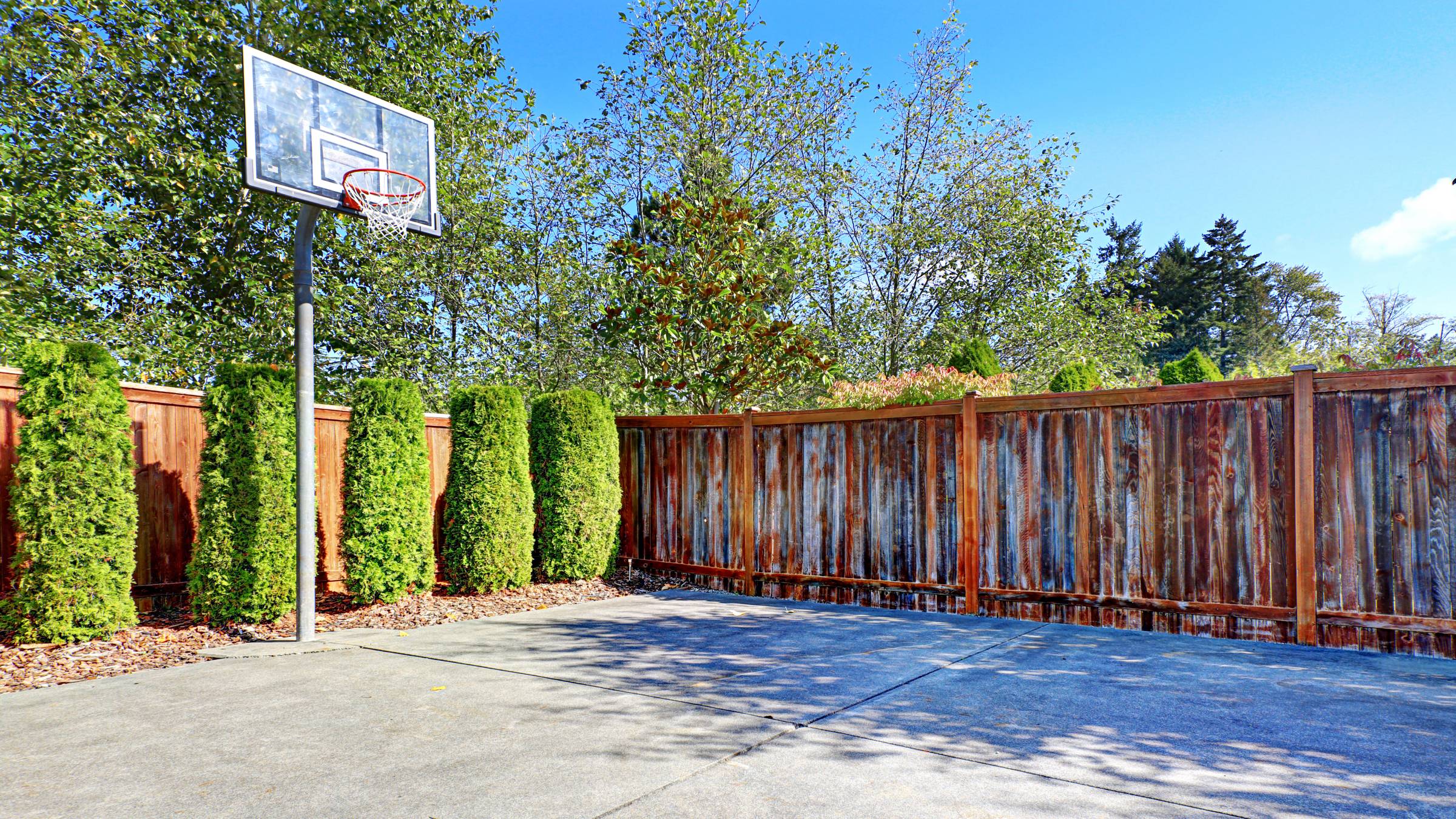- Home/
- Comparisons/
- Assembly/
- Road Bike vs. Mountain Bike

Road bike vs. mountain bike: Which is the right bike for you?
Comparing road bikes and mountain bikes based on riding style, suspension, assembly process, and more.
Hire an expert bike assemblerLast Updated on

Written by Cielo B.
Staff Writer
Read more about our contributor
Key Facts
- A road bike is designed for paved surfaces, featuring smooth, narrow tires, a lightweight aluminum or carbon fiber frame, and a sporty geometry with dropped handlebars.
- A mountain bike is a versatile bicycle designed for off-road and on-road riding, featuring knobby tires and suspension systems.
Whether you love the thrill of competitive cycling events or enjoy weekly recreational biking, selecting the right bicycle is crucial to ensure a safe and smooth ride. To help you choose among the many types of bikes, here’s a detailed comparison guide between two of the most popular bicycle types, mountain bikes vs. road bikes.
What is a road bike?
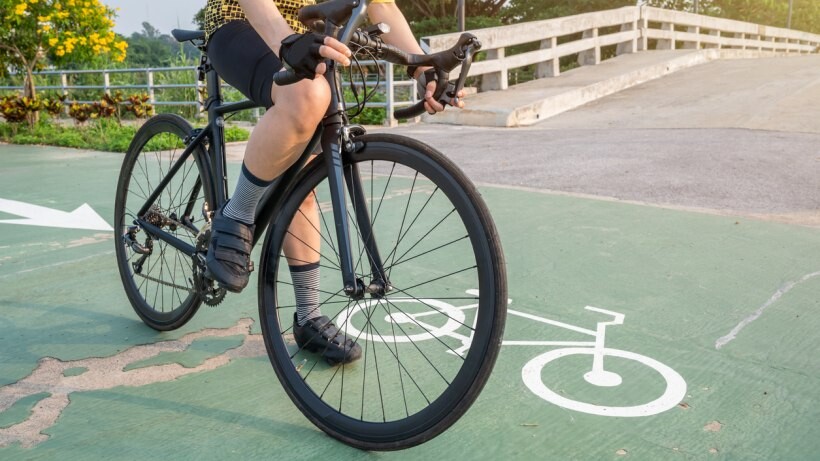
A road bike works best on paved surfaces due to having smooth, narrow tires with a rigid and lightweight aluminum or carbon fiber frame. It has a sporty geometry with dropped handlebars, allowing riders to switch into multiple positions while climbing and descending steep slopes.
Road bikes also come in many types:
Aero road bikes are best for road racing. They typically have lighter frames with more integrated parts, making them faster on flat pavements and slopes.
Hybrid road bikes are suitable for casual riding because their frames are heavier and have a more relaxed and upright design.
What is a mountain bike?
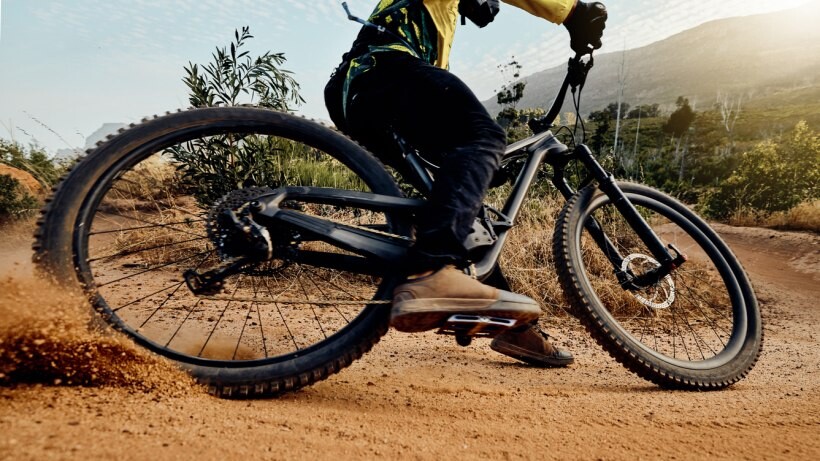
A mountain bike, also known as MTB or mountain cycle, are versatile bikes for off-road and on-road riding. However, MTBs have knobby tires and suspension systems, so they’re more suitable for off-road terrain.
Just like road bikes, MTBs come in many types:
Trail bikes are the most versatile because they efficiently ride through various terrains, from flat surfaces to steep descents.
Enduro bikes have light mountain bike frames and a steep seat angle, designed for tackling rugged downhill terrain and climbing technical tracks.
Downhill bikes are built for tackling steep descents and rough terrains. These bikes have powerful brakes and dual suspension to make riding through rough and uneven roads more comfortable.
Road bike vs. mountain bike: What are their key differences?
This guide highlights the factors to consider when choosing an MTB or road bike. It also covers a detailed comparison between these two popular bicycle types, helping you easily decide which suits your daily needs and preferences.
In terms of terrain

Does biking on steep slopes, rough gravel roads, and muddy pathways seem fun and exciting? If you want to experience these off-road adventures, go for mountain bikes. As mentioned earlier, these bikes have wide, knobby tires with significant tread patterns. This gives the mountain bike wheels a firm grip over loose and rugged surfaces, which is why they are perfect for off-road riding.
However, a road bike is more suitable if you only want to go on a leisure ride around the town while commuting to work. Road bikes, like gravel bikes, have narrow and smooth tires suitable for riding over smooth paved surfaces.
In terms of riding style
Mountain bike riding involves cyclists adopting an upright riding position. This riding style helps you gain more balance and control when navigating rocky, muddy paths and doing technical biking challenges such as jumps, drops, and tight turns.
Moreover, in mountain biking, varying your pedaling techniques is vital to overcome obstacles like rocks, roots, ledges, and loose terrain in steep climbs.
Meanwhile, an aerodynamic position is best when it comes to road biking. This means you lean your body forward and use consistent pedal strokes to increase your speed while navigating flat, paved surfaces.
In terms of suspension
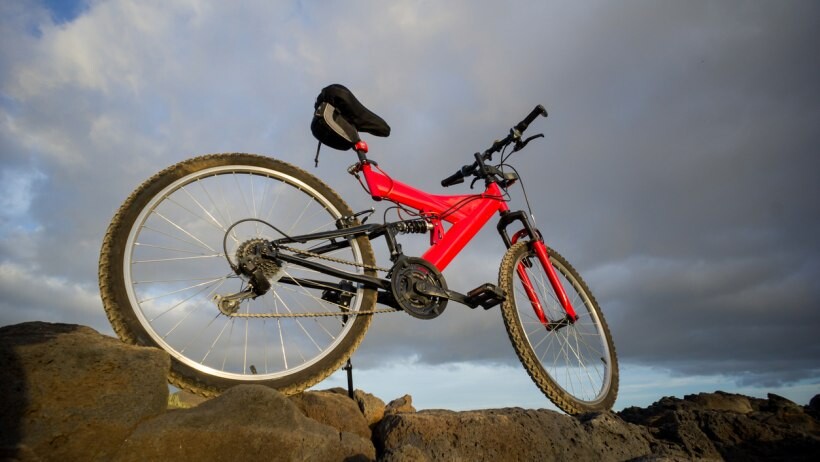
Suspension is a distinct feature in mountain bikes because of their off-road riding design. Basic mountain bikes or “hardtails” have front suspension forks with two stanchions or legs that move up and down to help absorb bumps. Meanwhile, full-suspension mountain bikes have a combination of front and rear suspension on both wheels to achieve better tire grip and control.
On the other hand, a road bike doesn’t have suspension parts. Adding suspension will make them heavier, reducing their speed in navigating smooth paved roads.
Road bikes also have larger and softer saddles or seats with a thin, flexible seatpost or the component that connects the saddle and bike frame to compensate for the lack of suspension. These additional features help road bikes absorb bumps and vibrations while riding.
In terms of frame geometry
Frame geometry may seem like an unfamiliar, complicated biking term for newbies, but it is just how the tubes and components of the frame of a bike are arranged. It determines a bike’s performance and how comfortable it is to ride on, so considering this factor is essential.
To better understand the difference between mountain bikes and road bikes in terms of frame geometry, here are some few key aspects to consider:
Top tube & reach
Mountain bikes have a shorter top tube and reach, bringing the handlebars closer to the rider. This makes it easier to control and maneuver the mountain bike on rugged terrains. In contrast, road bikes have a longer top tube and reach, improving the rider’s speed and aerodynamics when cycling on paved roads.
Tuble angle
A road bike has a steeper head tube angle, allowing the rider to make sharp turns when navigating high-traffic roads. Meanwhile, mountain bikes have a slack tube angle. Simply put, the angle of the head tube that holds the front wheel leans back more towards the rider. This angle makes a mountain bike more stable on rough terrain.
Wheelbase
Mountain bikes have a longer wheelbase to help better absorb shock and impact on off-road conditions, while road bikes have a shorter, more compact wheelbase to make the bike more agile and easier to maneuver tight spaces at high speed.
Bracket
A road bike has a lower bottom bracket to lower the rider’s center of gravity. This makes the bike more stable and increases control at high speeds. Meanwhile, a mountain bike has a higher bottom bracket to elevate the frame, preventing the pedal from striking on rocks and roots.
Handlebars
Mountain bikes have wider handlebars to offer more control in navigating challenging off-road conditions. On the other hand, road bikes have narrower handlebars to reduce air resistance.
In terms of speed and efficiency

The benefits of a road bike vs. a mountain bike lie in its speed and efficiency, which depends on its frame style, components, and tires. Most mountain bikes have a robust frame, suspension, and wide knobby tires, making them more efficient in rough terrains. However, their tires are inflated to lower pressures to absorb shock and improve grip on uneven terrains. This makes them easily deform, reducing their efficiency significantly on smooth surfaces.
Meanwhile, road bikes have lightweight frames and components, and high-pressure tires. This minimizes the rolling resistance or friction between your tires and the ground, making them faster and more efficient on smooth, paved roads.
In terms of cost
For beginners, entry-level road bicycles are slightly more expensive than basic hardtail mountain bikes. Road bikes have lightweight materials such as carbon fiber for the frame, wheels, and seat posts, which are more expensive to manufacture.
However, regarding top-of-the-line, high-end models, the prices of road and mountain bikes don’t differ much. They can be equally expensive, with prices reaching up to $15,000.
The occasional bicycle repairs and tire upgrades could also add up to the total cost of owning a bike. Mountain bikes are more costly for tire upgrades because you can upgrade the tube tires into tubeless tires to improve bike performance.
Additional gear and helmets can also be a factor that affects the cost. Regarding helmets for road bikes vs. mountain bikes, road bikes have more expensive helmets due to their sleeker, more compact, and aerodynamic design.
In terms of assembly process
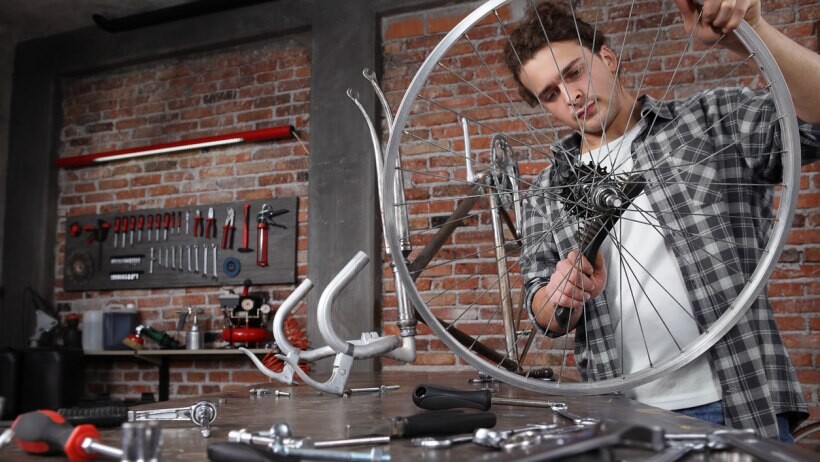
Both road and mountain bikes arrive partially assembled, but road bikes are less complex because they lack suspension systems. Moreover, they have more straightforward and streamlined gearing setups and brake systems. Remember that these require precise adjustment for optimal performance, so you may need professional help when adjusting and fine-tuning the handlebars and seats to ensure comfort and efficiency.
Meanwhile, the assembly process for mountain bikes is more complex, especially with full-suspension mountain bikes, because you’ll have to adjust and set up the front and rear suspension. They have a more comprehensive gear range than road bikes, so seek help from bicycle assembly experts when setting them up.
Experience hassle-free bike assembly with Airtasker
Correctly assembling your bike allows you to enjoy exploring the scenic backroads of America or ride through the bustling city streets. Fortunately, Airtasker can help you connect with many local bicycle experts who offer affordable assembly services, along with other biking services, that can help ensure your bicycle is correctly fitted according to your body dimensions and riding style.
Whether you're riding a road bike, mountain bike, or even an electric bike, you'll always feel confident and comfortable while cycling.
Learn more about our contributors

Written by Cielo B.
Staff Writer
Cielo is an experienced content writer who has explored various industries throughout her career. Her expertise, founded on a degree in journalism, includes writing about automotive and vehicle maintenance. She’s an avid car enthusiast who loves driving through lush rural areas with her old (but reliable) manual car. Cielo also covers topics like dressmaking, tailoring, and photography since she is a passionate cosplayer who enjoys dressing up as her beloved anime characters.
Road bike vs. mountain bike
| Road Bike |
Mountain Bike |
|
| Terrain |
Ideal for smooth paved surfaces |
Ideal for steep slopes, rough gravel roads, and muddy pathways |
| Riding Style |
Aerodynamic position for increased speed on flat surfaces |
Upright position for balance and control on challenging terrains |
| Suspension |
No suspension |
Front suspension forks or full-suspension systems for better shock absorption |
| Frame Geometry |
Longer top tube & reach, steeper tube angle, compact wheelbase, higher bottom bracket, narrower handlebars |
Shorter top tube & reach, slack tube angle, longer wheelbase, higher bottom bracket, and wider handlebars |
| Speed and Efficiency |
Lightweight frames and high-pressure tires for fast navigation on smooth roads |
Robust frames and wide knobby tires for efficient riding on rough terrains |
| Assembly Process |
Less complex assembly, straightforward gearing setups |
More complex assembly, adjustments needed for front and rear suspension |
| Cost |
Entry-level road bikes are slightly more expensive due to lightweight materials |
Entry-level mountain bikes are slightly less expensive, but upgrades like tubeless tires can increase the costs |
FAQs on road bike vs. mountain bike
Yes, you can use a mountain bike as a road bike. They are great if you want to use them on the road while enjoying occasional off-road riding. However, mountain bikes are slower and less efficient when cycling on paved roads. This is because they have wide knobby tires that increase road rolling resistance or friction on roads.
Whether you should get into road biking or mountain biking depends on your riding style and preferences. If you love navigating technical terrains, mountain biking is ideal for you. However, if you want to navigate smoothly in traffic and use your bike for your daily commute, you should choose road biking.
It depends on the terrain you’ll be riding on and your fitness level. But, generally, hybrid bikes are suitable for daily use because of their versatility for various terrains. Additionally, they offer a comfortable riding style because their frame geometry allows cyclists to ride in an upright position.
A hybrid bike, a mix of mountain, road, and touring design is one of the best road bicycles for beginners. They combine the features of a road and mountain bike, offering comfort, stability, and versatility for various terrains. However, before you buy one, you should also consider factors such as frame size, gears, and weight.
Find assemblers, fast
Post a task
Related articles

